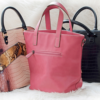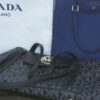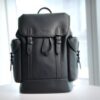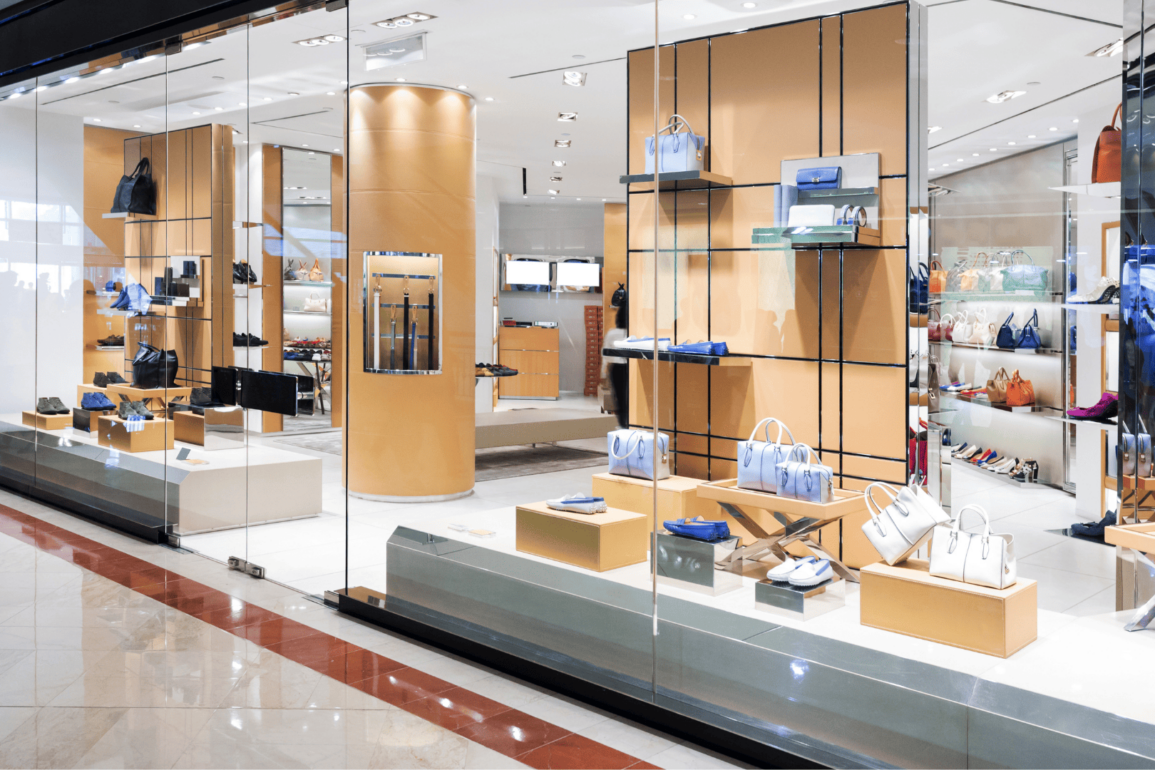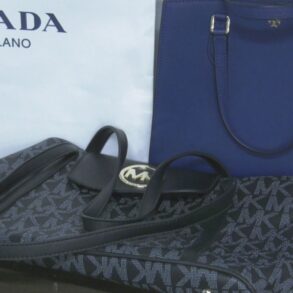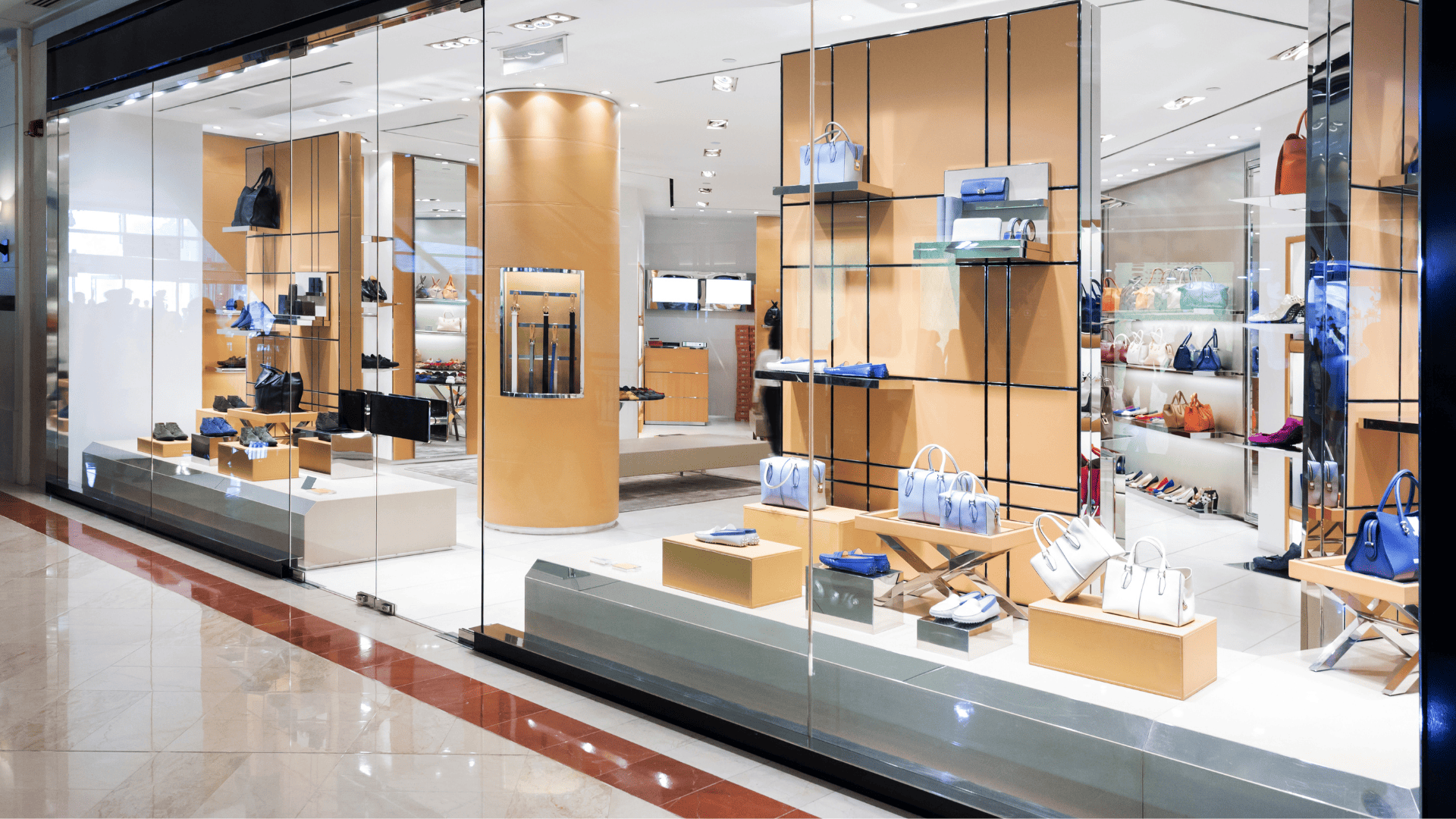
Designers are marking up the price of their signature bags to preserve exclusivity as the industry grows, according to The Wall Street Journal.
The price of a standard Hermès Birkin handbag has shot up by $1,000. This is a first-world concern for fashion enthusiasts and highlights a trend where luxury brands are strengthening the exclusivity of their popular items.
Recently, PurseBop, a luxury handbag forum, provided data indicating that Hermès has raised the price of its basic Birkin 25-centimeter handbag by 10% across U.S. stores, now priced at $11,400 before sales tax. Additionally, Birkin bags made from exotic skins have experienced a price surge of over 20%. The French designer brand justifies these price increases as necessary to counteract rising manufacturing costs; however, this year’s spike marks the most significant increase in at least a decade.
Monika Arora, founder of PurseBop, highlights that the price gap between Hermès bags and their closest competitor, the Chanel Classic Flap, decreased from 70% in 2019 to 2% in the past year. Chanel, being privately owned, has hiked the price of its most popular handbag by 75% since before the pandemic began.
These significant price hikes are part of a wider trend and have led to the exclusion of many aspiring shoppers who are no longer able to afford luxury handbags. However, luxury brands know they cannot completely alienate this demographic. This could be one of the reasons why labels like Hermès and Prada have branched into makeup lines, and Gucci’s owner, Kering, is expanding its presence in eyewear. These more affordable item categories serve as a consolation prize, with the ability to generate tens of millions in sales without oversaturating the market.
Luca Solca, luxury analyst at Bernstein, says, “Cosmetics are invisible—unless you catch someone applying lipstick and see the logo, you can’t tell the brand.”
According to Bernstein estimates, most of the luxury industry’s revenue growth in 2024 will come from price rises. Sales are anticipated to increase by 7% this year, “even as brands only sell 1% to 2% more stuff.”
This post was originally published on this site be sure to check out more of their content.

